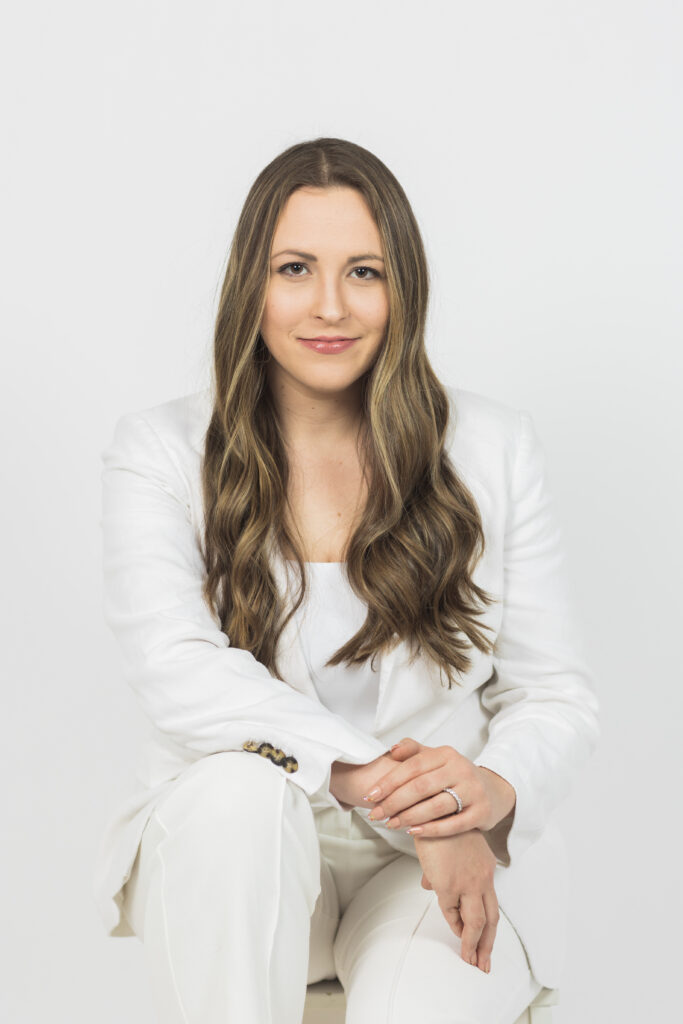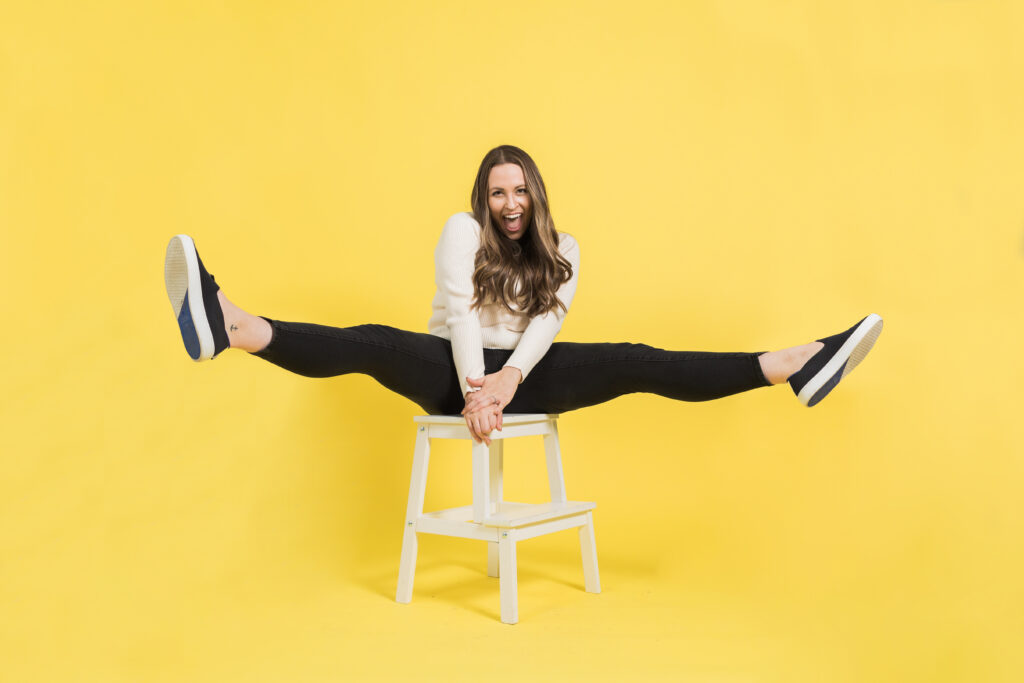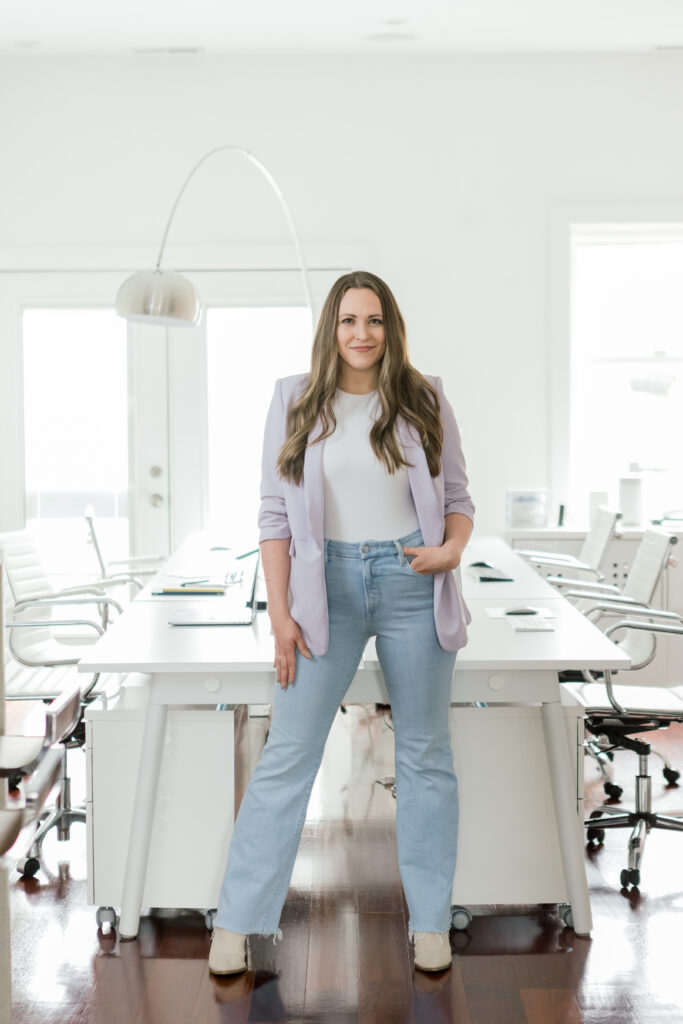You’ve likely heard of people talking about “catfishing†someone in the dating world, but have you ever wondered if you’re catfishing clients with your brand?
Before you rush to answer my question, consider this:
- I’ve talked about this before but — once more with feeling! — your potential clients must trust you first (a very human thing) before they feel confident enough to buy from you.
- On top of that, with people striking out on their own as entrepreneurs in record-breaking numbers, there’s a good chance you’re experiencing a bit of market saturation (i.e., competition) in your space. As a result, your ability to differentiate your brand from others is essential to your success.
- That means now, more than ever, you need to prioritize communicating the “who†of your brand in addition to the “what†of your offerings. This is doubly true if you run a service-based business. (All packaged up in a delightful clientflow experience, of course! 😉)
Now, let’s look at my question once more:
Are you (accidentally) catfishing potential clients by showing up visually within your brand in a way that’s out of sync with who you really are? If you think the answer might be yes, don’t start guilt-tripping yourself.
My answer was, “Oh gosh, yeah, I am!†for my own brand up until very recently. This led me to partner with the immensely talented Abby Grace Photography as part of my overall rebrand …

… but that’s jumping ahead.
First, why do we catfish with our brands?
OK, everybody, we’re going to rip off the band-aid and let the tough love wash all over us first. There isn’t just one answer to that question — duh — but one of the top reasons is we’re afraid.
Yes, we have people we love cheering us on, but we’re afraid if we stand tall within our brands with radical authenticity, other people will have … opinions. And sometimes those opinions come with a telegraphed message that we first need permission before we can show up fully.
This is especially true if you’re a woman, a minority, or a member of any marginalized group.
As I wrote about in my upcoming book, Gutsy:
“You don’t need to look through the window of life, watching others run away with your dreams, as you wait for someone else to say you’re worthy and finally grant you permission to rock your own world.
Right now, just as you are, you are already enough.
In fact, you’re more than enough.â€
Even when we’re enough, though, we have to buck up and “do it scared.†People will always have opinions about what we do that we didn’t ask for, and we’ll always care to some degree.
I had to admit I was playing it safe
I say this, of course, as someone who has battled many of my own insecurities throughout my life, particularly as I embarked upon this rebranding process. Like some of you, I worry about what other people think.
As a result, I didn’t show up in my brand fully.
For instance, I spent years adopting a more academic and serious tone whenever I created content. I was nervous that if I showed up the way most know me in real life — passionate, fiery, sometimes goofy, always down for good hugs — no one would take me seriously.
🔎 Related: Why you keep attracting bad clients (+ what to do about it)
I’ve worked hard to change that, but yeah … there’s a reason why “do it scared†is a mantra. But fear isn’t the only variable in how you show up.
We also naturally outgrow our old brand photos
When it comes to your brand, in many cases (including my own), you simply outgrow a brand that was once absolutely perfect for what you needed.
That’s not a bad thing! You evolve as a human being (or a team of outstanding humans) over time naturally, without ever trying. So, of course, at some point, you’ll need to ask yourself:
“Hey, do my branding and brand visuals still work for me?â€
I realized last year that my answer was no.

My old branding and photography were perfect for the Natalie Franke of yore — a wedding photographer who was still learning who she was as a human being and a business owner.
Today, I am a fundamentally different human.
Yes, I look different (in a good way), my style has changed, and all of the usual stuff that happens when you get older. But I’m also more confident in myself and who I am. On top of that, I’ve “retired†from my wedding photography business, and I’m now the chief evangelist at HoneyBook and a fierce independent business advocate.

Once I acknowledged how far I’ve come — something I imagine more than a few of you may have to do after reading this! — I knew that fresh brand photography would need to be a priority, as part of my rebranding strategy.
🔎 Related:Â How to set client expectations in the instant gratification era
I’ll be honest, as a photographer myself, the last thing I wanted to do was get in front of the camera — my safe and happy place is behind the lens.
But I’m so glad I did. And my experience with Abby and her team only underscored how important brand photography is, as well as how much you need to think about when choosing a brand photographer to work with.
With brand photography, you need to start with strategy
I worked with Abby across two different photography sessions to authentically capture what my brand is today. But our first step wasn’t showing up to those sessions with a loose idea of what we would be doing, open to see where each day would take us.
Instead, we did a ton of strategy work ahead of each session to guarantee the images fully captured the full spectrum of each aspect of my brand — like you, your gal Natalie has a few nuances!

We spent time thoroughly answering questions like:
- Who are you (my audience)?
- What are you thinking about?
- What do you need from me?
Then we discussed:
- What am I really trying to say?
- What do I stand for?
- What is my mission and vision?
Only then did we dig into intentional discussions about location, wardrobe, the stories we needed to tell through our imagery, and so on.
Is this level of strategy too much?
Ten years ago, the answer to that question might be yes. Today, however, this is the level of work you need to do with your brand photographer — again, particularly, if you’re offering services rather than products.
So, when you’re thinking about who you hire for brand photography, ask them about their process during the discovery phase. Do they delve this deeply into your audience, your mission, and your values?
🔎 From HoneyBook: How to use brand photography for website photos
Or are they perfectly content to let your photo session be more of a vanity project based on your preferences? Hey, sometimes all you need is a great set of headshots — but if you’re investing in brand photography as a differentiator, you need to choose a photographer who has this level of strategy baked into their process.
Your website is also a crucial consideration
One of the most important lessons I learned from this experience is that you need to have a clear idea in your head of what is going on with your website — whether it’s staying as-is or you’re like I was, also redesigning your website at the same time.
What do I mean by that? I’m so glad you asked!
While I adore the diversity and range of photos we came away with because we did two sessions, there was a reason why we needed two.

After the end of the first photoshoot, Erin of The Happy Brand Studio (the design mastermind behind my website redesign) said, “These are amazing! And I still have photography needs for your site that I don’t have now.â€
You should always think of your brand photography as a living thing. That means you’ll never walk away from a single session (or two sessions!) with every photo you’ll need from now until the end of time.
🔎 From HoneyBook: Rebranding as a small business in 2023 (my rebrand story)
However, before you go into any strategy session or photoshoot with your brand photographer, think critically about what types of photos you’ll need on your website — orientation, style, tone, outfits, plain backdrops, action shots, specific settings, and so on.
Finally, we need to talk about brand photography cost
OK, it’s time for one last 2-by-4 of truth. When it comes to brand photography, you must never forget that you get what you pay for — or, in some cases, you don’t get what you don’t pay for.
Only some photographers will take you through an in-depth process similar to what I went through with Abby Grace. That’s not necessarily a bad thing because not every style of photography requires that level of strategy and pre-work.
🔎 Related: How to respond to requests to discount or work for free (+ examples)
When it comes to your brand, though, you need to look at photography with an investment mindset rather than an expense. You’re paying for their time on set at a photoshoot, and for all of the strategic table-setting you do in advance that will inform every choice you make together once you’re on camera.
Do you need to make a brand photographer choice that makes sense with your budget? Absolutely! Still, don’t cut cost “corners†by choosing an option that’s only cheaper because there’s no strategy involved.
Sure, you may end up with pretty photos at the end of the day.
But remember, much like we “eat†with our eyes first, your prospects are evaluating you with their eyes the moment they land on your site.
If you took the time to invest in your strategy with a photographer who understands the revenue-driving nuances of brand strategy, I have good news. You’ll have no problem transforming your investment into a profit center.
Leave a Reply Cancel reply
© 2023 Natalie Franke
/
/
/
/
/